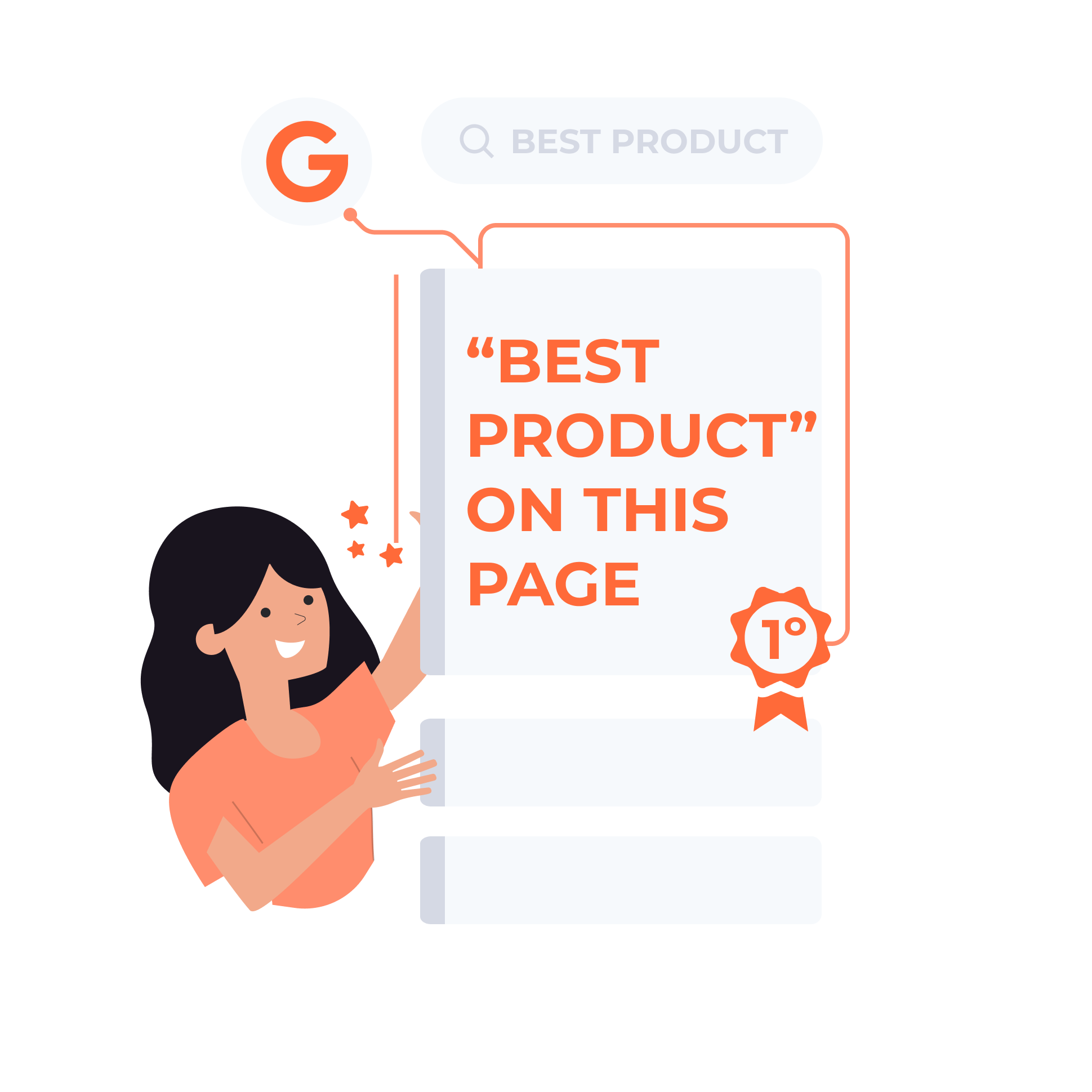Multiply your leads with Google Dynamic Ads
Thank you! Your message has been sent successfully. We will contact you soon.
Enlist the help of a Google Premier Partner



More and more companies are using different digital marketing strategies attending to a phenomenon that grows bigger year by year: e-commerce.
Usually, when we think of advertising on Google the first thing that comes to mind is the intention of positioning our product, service or brand among the first results shown by the browser when an user types certain keywords. But the giant from Silicon Valley has much more to offer.
Besides its well-known browser, Google has a whole network of pages and apps where you can advertise. The most famous related sites are Gmail, Blogger and YouTube, but there are millions of websites and apps linked to Google.
Google Display Network Dynamic Ads can be shown on different platforms and devices (tablets, mobile). Also, these ads are not directly related to users’ specific searches, but to their profiles, because they constitute a target-audience.
The A9 algorithm generates a ranking of products that are shown on Amazon’s Search Engine Results Page (SERP) when a user types some specific keywords.
Users’ profiles are grouped into different audiences. They will see dynamic ads while navigating the web, when they check their Gmail, when they watch YouTube or while using some apps on the phone. They won’t see those ads as a result of a search on Google, but because of having Internet habits.

Through its Display Network, Google Ads dynamic, when combined with optimization for a better placing on the browser’s pages ranking, allows us to develop a wider and more complex digital marketing strategy. So, why to advertise on Google Display Network? Because:
There are three ways for structuring a Google Display Network Dynamic Ads campaign:
With Google Adwords dynamic search ads, you can choose where your publicity is going to be shown (in which regions, in which languages, etc.), in which electronic devices and which keywords are the most convenient for it. Google’s own platform offers assistance in each and every step. There’s even an option for creating pieces of visual content if you don’t have the resources to do it yourself or someone on your team.
Build a unique campaign for each product or service. Don’t try to reach it all with one single ad.
